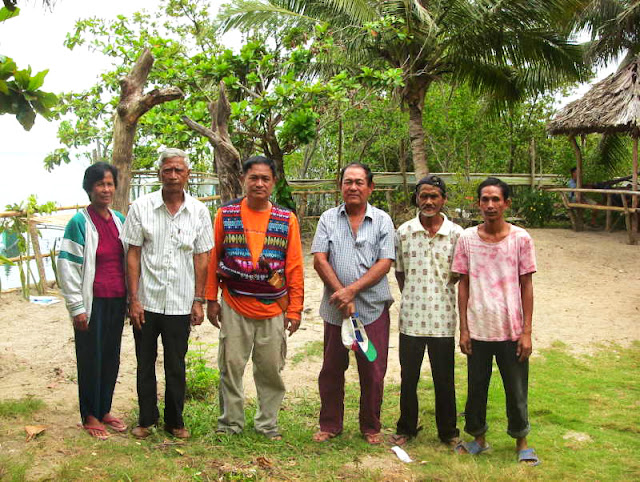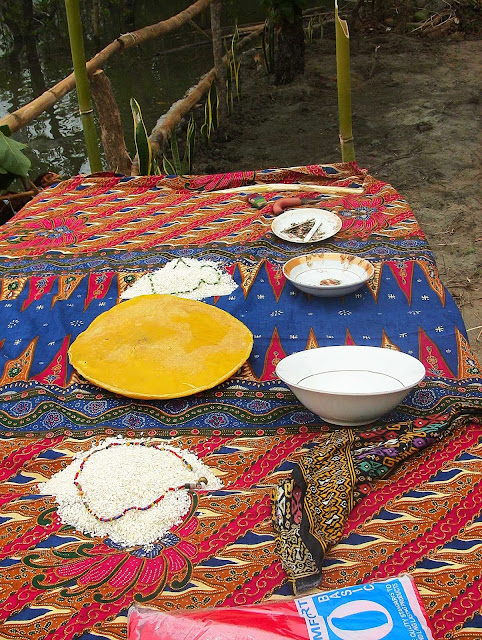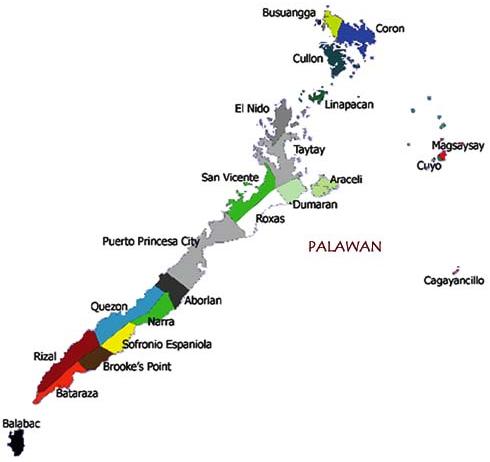The Tagbanua Political Structure

-A Masicampo is the primary leader among all the traditional leaders and other non Christian cultural communities whose authority extends throughout the mainland Palawan. -Considered as the patriarch of the IPs of Palawan, settling disputes, imposing tribal laws (adat), appointing traditional leaders (bageral), and solemnizing tribal marriages. - It is common belief among the Tagbanuas and Pala’wan of mainland Palawan that there shall be only one legitimate Masicampo of Palawan. To avoid conflicting views to the customary laws. - in case of death of a Masicampo or upon his incapacity, the elders among the clans of the Family with the Bloodline of Masicampo also called as the Usba e’t Masicampo will convene for the purpose of choosing among them who will be the next Masicampo. The Masicampo will be chosen by a consensus of the Usba e’t Masicampo - the council of the elders of the clan . Women, youngsters and non members of the family are prohibited to ...

